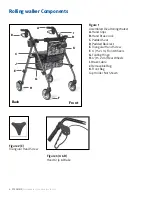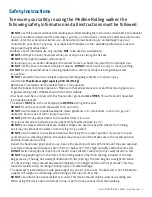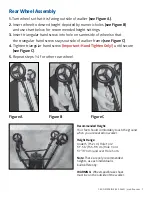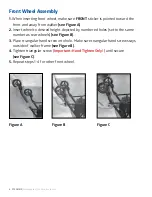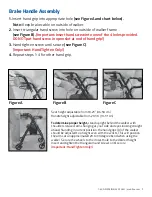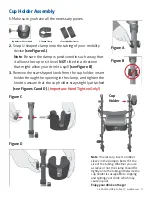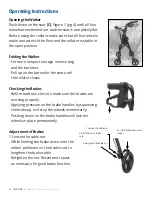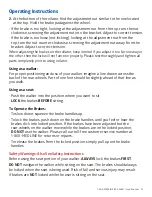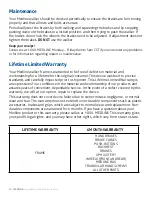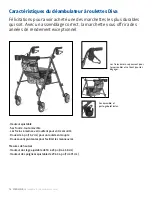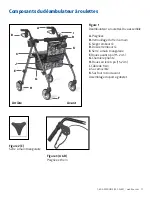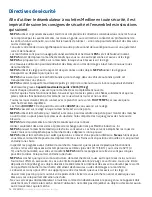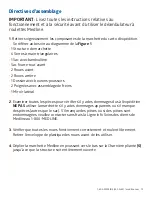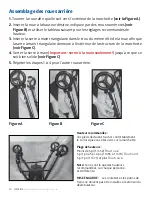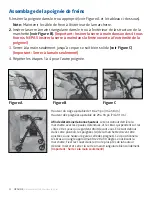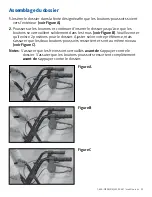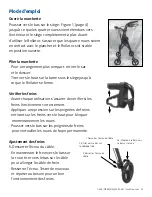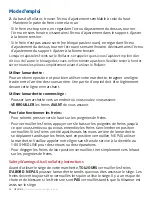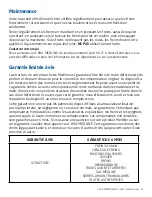
1-800-MEDLINE (633-5463)
|
medline.com 13
Operating Instructions
2.
At the bottom of the rollator, find the adjustment nut similar to the one located
at the top. Hold the brake pad against the wheel.
• If the brake is too tight, looking at the adjustment nut from the top, turn the nut
clockwise, screwing the adjustment nut into the bracket. Adjust to correct tension.
• If the brake is too loose (not locking), looking at the adjustment nut from the
top, turn the nut counter-clockwise, screwing the adjustment nut away from the
bracket. Adjust to correct tension.
When adjusting the brakes on the rollator, keep in mind if you adjust it too far one way or
the other, then the lock will not function properly. Please test thoroughly and tighten all
parts completely prior to using rollator.
Using as a walker:
For proper positioning and use of your walker, imagine a line drawn across the
back of the rear wheels. Part of one foot should be slightly ahead of that line as
you walk.
Using as a seat:
• Push the walker into the position where you want to sit.
•
LOCK
the brakes
BEFORE
sitting.
To Operate the Brakes:
• To slow down, squeeze the brake handles up.
• To lock the brakes, push down on the brake handles until you feel or hear the
brakes click into locked position. If the brakes have been adjusted but the
rear wheels on the walker move while the brakes are in the locked position,
DO NOT
use the walker. Please call our toll-free customer service number at
1-800-MEDLINE for returns or repairs.
• To release the brakes from the locked position, simply pull up on the brake
handles.
Safety Warnings: Also See Safety Instructions
Before using the seat portion of your walker,
ALWAYS
lock the brakes
FIRST
.
DO NOT
navigate the walker while sitting on the seat. The brakes should always
be locked when the seat is being used. Risk of fall and serious injury may result
if brakes are
NOT
locked while the user is sitting on the seat.




